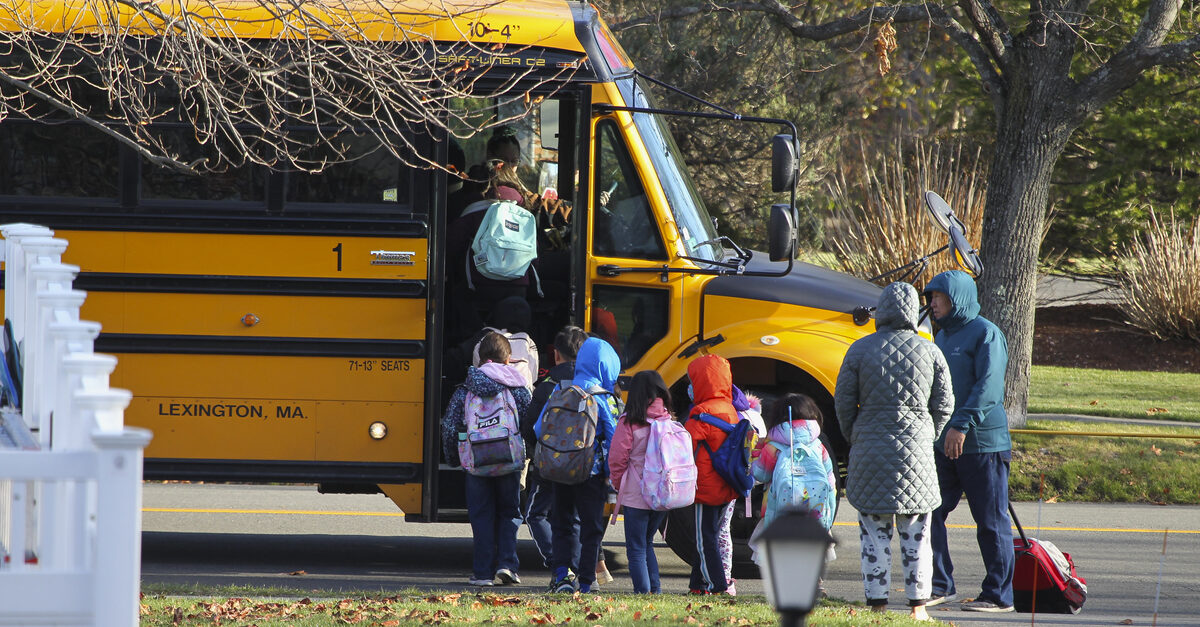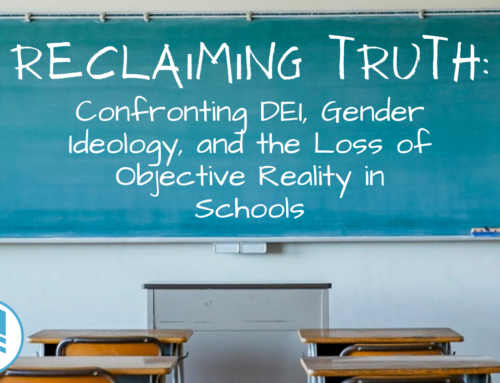
Here at the Noah Webster Educational Foundation we’ve featured many articles on the subject of school choice, such as this one, which can help you decide which school is right for your child. School choice is a wonderful idea, but what if a student can’t even make it to school?
This was the reality for many students in Massachusetts during the COVID-19 pandemic when the national guard had to be deployed in order to combat a shortage of bus drivers. The sad fact is that this was not an isolated incident, and even before Covid, schools were facing annual driver shortages. The question of how to get students to school has been an ongoing one with no quick answer in sight.
The Issue
Main Reasons:
So what drives these shortages? Why aren’t there enough bus drivers to go around? The answers to those questions are many.
First, the bus driver shortage isn’t new. Shortages happen almost every year. Even before the pandemic it was something administrators encountered. They worsened during the pandemic and have remained more problematic since then.
What drives this shortage is more complex. School Bus Fleet offers a list of the main reasons a bus driver might quit. These reasons include:
- Low pay for a person with a CDL
- Employment limitations placed on a person who drives a bus
- The fact that even if a driver is offered benefits their pay will likely not cover the cost of those benefits
- Difficulty paying for the prerequisites needed to get a CDL
- Lack of support from administration that many drivers receive.
Further, Times Union points out that another reason people are not lining up to be bus drivers is that they’re required to memorize and pass a test on the different parts of a bus’s engine. This requirement exists even though bus drivers will likely never touch a bus’s engine. In fact, drivers are required to not try to fix their own engines. Instead, they’re instructed to remain in the vehicle and wait for a mechanic to be dispatched from their bus depot. Requiring drivers to pass a memorization test they’ll never even need acts not only to deter possible drivers from pursuing a career in bussing, but may even keep someone who is trying to become a driver from gaining certification.
A Convoluted Problem:
Those reasons can overlap. The low pay is to blame for the inability of drivers to afford benefits. Pay also affects the attraction to prospective drivers, decreasing the chance they’ll put in the time and money to get a CDL. And the odd hours of the job make it impossible to supplement income with a part time job, which further compounds the issues of the low pay and low hours offered by the role. In fact, some drivers aren’t even considered full time employees.
Moreover, while most things are back to normal after the COVID-19 pandemic, the bus driving industry is still suffering. NPR points out that many bus drivers were and are elderly, and when their districts furloughed them during the pandemic, many retired or sought another job that wasn’t affected by the pandemic. Some others may still be looking to go back to bussing, but health concerns could be keeping them away. Some variants of COVID-19 are still out there. Ill health coupled with old age can put elderly drivers at risk if they return to buses packed tight with students.
What’s One to Do?
School & District Resources
So, you’ve found a school you want to send your child to, but you’re worried they won’t have enough drivers or you’re outside of their bussing routes. What are you to do?
First, you should do a quick google search or make a call to the school you’re eyeing. The people working within the school you’re looking at will often be the most knowledgeable in relation to what options are available for you. School and district websites, also, often dedicate a page to breaking down what transportation is available for their area.
Outside Options
If the school or district can’t help, it may be a good idea to look up the general area you’re in and see if they offer any alternatives. Cities like New York are now beginning to offer city wide transportation options. New York City provides several options for students to make it to school on time. Depending on the school in question, these can include prepaid metro cards, traditional bussing from bus stops, bussing from house to school, and alternate pickup and drop off locations. Other areas, such as Chicago, Illinois and West Orange, New Jersey, provide monetary assistance to persons who meet certain criteria.
When the school or city is ineffective, there are other options. In recent years companies have sprung up to address school transportation issues. Education Next highlights one such option, HopSkipDrive, a company set up to help working moms meet the demands of daily schedules and getting the kids to and from extracurricular activities. Since their inception, HopSkipDrive has expanded to meet the needs of students who are unable to make it to their school of choice for a myriad of reasons.
Finally, depending on time and distance, walking, biking, and driving a private vehicle are all valid options. Of course, these options don’t come without risks and their own set of problems. Driving is time consuming and gas is expensive. Walking and biking to school is only possible for students of a certain age, within a certain distance from school, and in areas that are safe for children to be walking around without adult supervision.
When the Bus Doesn’t Run and There Aren’t Other Options… Now What?
Well, don’t lose hope just yet. There are officials in place to hear out parents like you.
School superintendents have many duties, and one of them may be to oversee the bussing of students. Placing a call to a superintendent is not likely to change anything. However, organizing with a group of parents from nearby areas to show that there is interest on a possible route might be enough.
Then, if the superintendent isn’t listening, you could go to the school board, whose members as decision makers act as go-betweens for parents and a school district. Ask for an addition to the bussing routes for your chosen school. School boards are there to hear the concerns and wants of parents, and they’re tax payer funded. So, while you might feel like you’re overstepping, you should remember school boards are there for you.
Last and most drastically, the members of a school board are elected. So, if they don’t want to listen, you can always vote and campaign for someone who will, or even run for the board yourself. The school board handles many items of business. So, in addition to the bussing routes, you could improve other things as well. Plus, not only would your child be able to attend the school of their choice, but all of the other students along the new route could attend as well. Ultimately, the lengths you are willing to go for a school are up to you.
Let’s Get Those Wheels Going Round
To summarize, if you encounter issues with a school’s bussing route, follow these steps:
- Google, call, or otherwise get in contact with the school to see if there are any options available to help you.
- Consider alternative transport such as paid transportation services, walking, biking, or using your private vehicle.
- Contact the superintendent of the school and the school board for your district and see if they would be willing to do anything to help.
- Organize with like minded parents to push the school board to add bussing routes for your selected school to your area.
- Consider running for election to your local school board to personally affect change on school transportation.
Learning is important, and so is where a person learns. Transportation should not be the deciding factor behind what school choice options are available to any student. Sadly, often they are. Buses are not the only options for transportation, and we should remember that.
But more importantly we should push as a community to ensure that quality education is available to all. Even deciding not to use a bus is a form of protest to the routes it services. Superintendents and school boards keep track of what buses are being used. They may move a bus that is seeing little or no use to another area. Moreover, by choosing to attend a school without a route to you, you are showing interest in a school from an unserviced area. This won’t go unnoticed. Overall, bussing is just as important as any other school issue. Hence, we should strive to understand the issue and affect change that will be beneficial to ourselves and our community as a whole.




